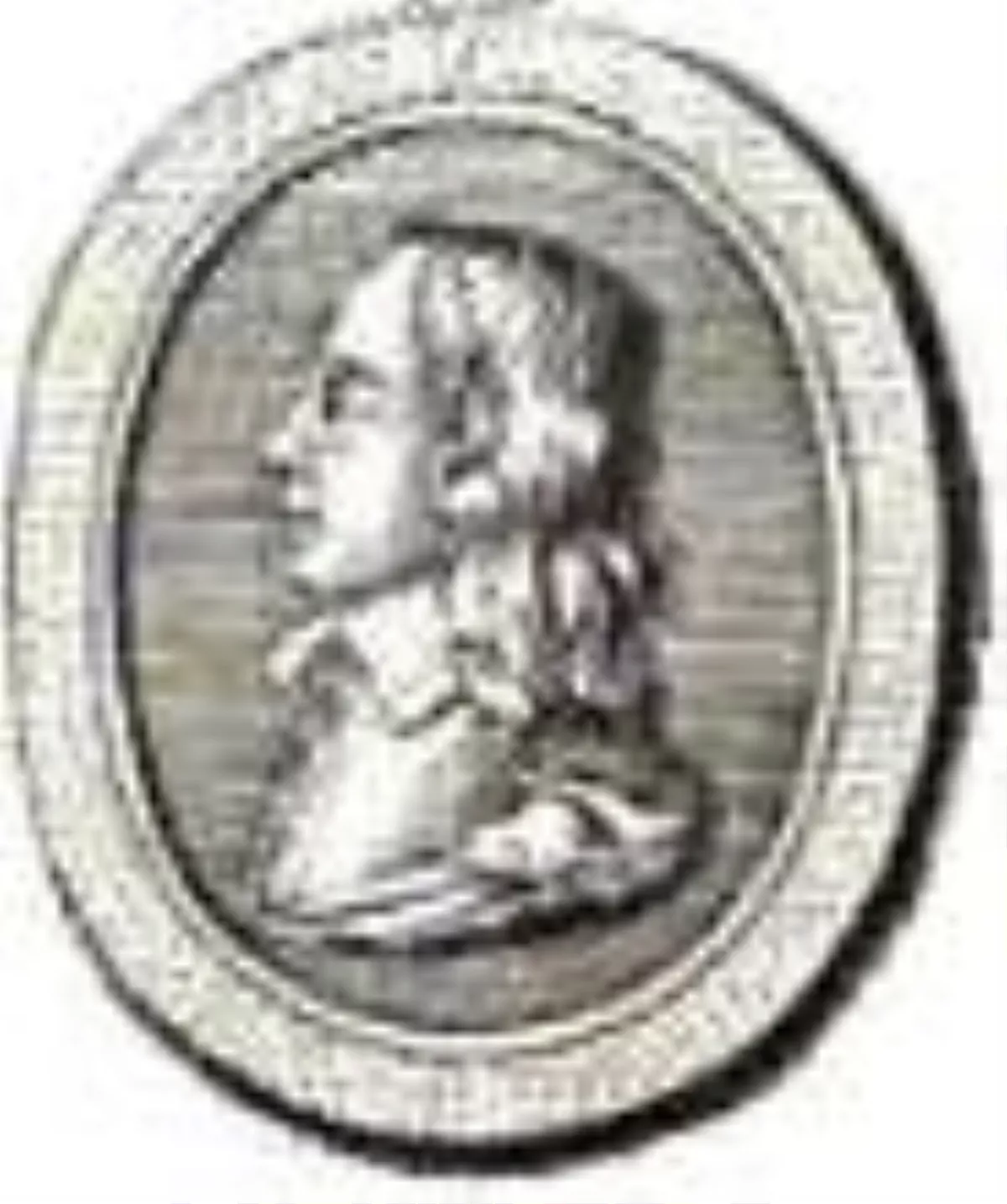 1.
1. John Claypole was an officer in the Parliamentary army in 1645 during the English Civil War.

 1.
1. John Claypole was an officer in the Parliamentary army in 1645 during the English Civil War.
John Claypole was created Lord Claypole by Oliver Cromwell, but this title was not recognised after the Restoration of 1660.
John Claypole was master of the horse to his father-in-law the Lord Protector.
Mark Noble speculates that the sentiments the father entertained respecting the state of the nation was probably the same as that which Oliver Cromwell possessed, when he first gained a seat the Long Parliament; and as John Claypole had suffered hardships during King Charles I's Eleven Years' Tyranny, it might occasion an intimacy that ended in an alliance between the families.
John Claypole was a member of First Protectorate Parliament, in 1654, for Carmarthenshire.
John Claypole was elected MP for Northamptonshire and for Carmarthenshire in the Second Protectorate Parliament in 1656 and chose to sit for Northamptonshire.
John Claypole was appointed by his father-in-law one of the lords of his bed-chamber, clerk of the hanaper, and ranger of Whittlewood Forest in Northamptonshire, where he built Wakefield Lodge, a magnificent house near Potterspury.
Later that year John Claypole was made one of the Protectors lords, and given a seat in the Protector's Upper House.
John Claypole had a taste for mathematics, and probably for architecture, and was the intimate friend of Christopher Wren.
Mark Noble suggests that John Claypole had a mild and gentle disposition that rendered him unfit for any services for the Protectors, but such as were of a peaceable kind, and which they were lavish in giving to him, both as the husband of Oliver's favourite child, and as a most amiable person Oliver employed.
Until her death in 1665 John Claypole gave shelter to Elizabeth Cromwell, his mother-in-law and Oliver Cromwell's widow.
Some years afterwards when court and country were filled with rumours of plots, John Claypole was fixed upon to be the head and contriver of one against the royal family, supposedly in consort with the old Oliverian party.
John Claypole was therefore remanded back to the Tower; but at the next term, as no evidence appeared against him, and what was, perhaps, much more fortunate to him, a counter plot began to work, he was discharged.
Elizabeth and John Claypole had a daughter and two sons Henry and Oliver.
However, John Claypole fell under the influence of Anne Ottee, a laundress, and disinherited Bridget for Ottee's benefit.
Bridget brought an action in chancery and recovered some portion of his property, but most of it, including the manor of Northborough, John Claypole had sold off during his lifetime.
John Claypole expresses his obligations to Henry Cromwell, lord-deputy for his regard to his brothers and sisters, and himself, upon all occasions; he tells him, "that indeed, they cannot plead any desert, though," says he, "my sister is very good, yet not enough so to entitle her to so much of your kindness".